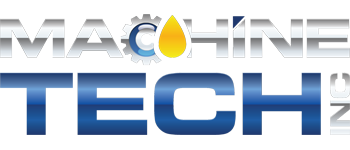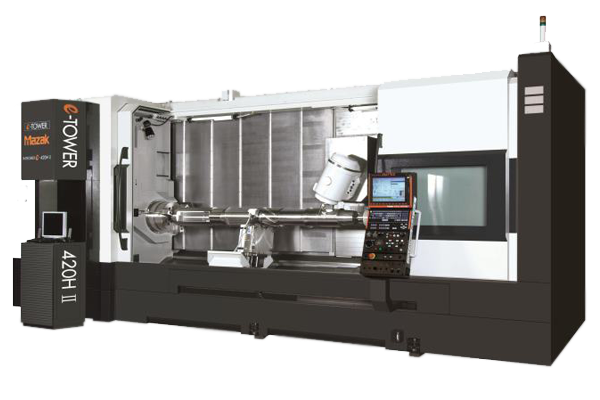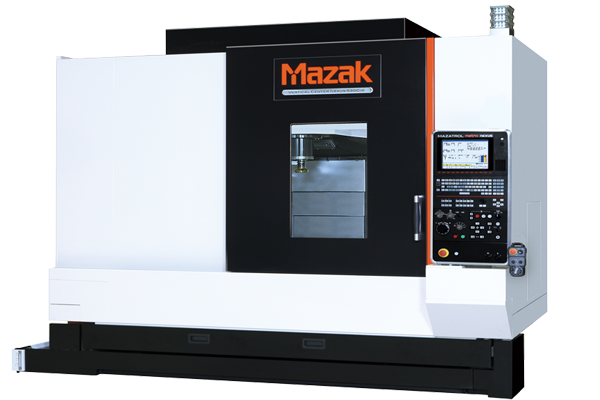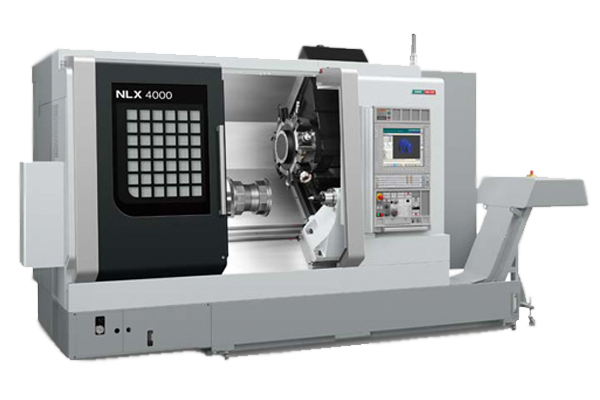4 & 5 Axis
Machine Tech’s focus is on close-tolerance parts specializing in complex CNC milling, using the latest computer technology and equipment. We have grown to specialize into various industries and technologies including medical, defense, aerospace, robotics, military, process equipment, and industrial. We are able to service our customers with highly-skilled vertical and horizontal milling, turning, and sinker EDM manufacturing, as well as complex and close-tolerance assembly. Our capabilities include the operation of 3rd, 4th, and 5th axis CNC vertical and horizontal mills.
THE BENEFITS OF 4TH AND 5TH AXIS
The purpose of all rotary tables is to rotate the piece being shaped by a set number of degrees, which allows shaping of material at exact intervals. Rotary tables can be used in all types of applications, the most basic example of their use would be to create regular grooves or holes in an object. Through rotation of the rotary table you are able to shape the object on a 4th axis, in addition to the three that a standard milling machine provides.
Now, Machine Tech has rotary tables with a tilting mechanism providing the ability to apply the milling machine on an additional 5th axis. Tilting the object either up or down, the tool is able to approach the object at varying angles. The use of 4th axis rotary tables greatly reduces the amount of time that it takes to shape an object; without it, you would be forced to reposition the object several times for the same results.
5th axis rotary tables are used for the manufacturing of more complex parts that are needed. These machines also save time in the same fashion. Their precision helps to promote uniformity in components and provides a quality that otherwise could not be achieved, because machines with a 4-axis or 5-axis component can create complex geometries faster, as well as cheaper. These machines provide vast improvements in efficiency by reducing setup times, cycle times, tool wear, and by increasing capability. That is why when it comes to Machine Tech’s 5-axis CNC machining, the part that generally comes to mind is a turbine or impeller. Machining a turbine requires the simultaneous movement of all 5 axes to create the desired geometric shape. For example, in the aerospace industry there are contours that can be machined by a 3-axis machine, but the process becomes much simpler with a 5-axis machine, ultimately saving the company money.
3 – Axis Machines
To fully understand the need for 4-axis or 5-axis machining, knowledge of 3-axis milling is required. The 3-axis machine is the most commonly used CNC milling machine. The 3-axis system consists of 3 vectors in space, two perpendicular to each other and in the same plane commonly known as the x and y axis with the third being z.
4 – Axis Machines
4-axis is the next level of capability in milling. Defined by rotation about one of the 3 primary axes. Depending on which axis the rotation is about, the 4th axis is called A if about the X-axis, or B if about the Y-axis, or C if about the Z-axis. To be considered 4-axis, the machine must be capable of simultaneous motion in each axis. The 4th axis may be used while cutting or to rotate the part to machine a different surface. Many of Machine Tech’s machines can mount a separate piece of equipment to add a 4th axis, or machines can be purchased with 4-axis built into the machine.
5 – Axis Machines
To increase the capabilities of our CNC mill a 5th axis is incorporated. Our 5-axis setup is more complex and there are two main methods of achieving 5th axis capability.
The first method consists of a 4-axis set-up with using the A-axis or B-axis with the spindle unit tilting. The second method in a 5-axis setup is called a trunnion. A trunnion system is generally less expensive than a tilt head system. Even though less expensive, a trunnion system adds some complexity. If the part clamped to the rotary is not centered on the A-axis, a 5-axis set-up provides greater control of orientation of the machining envelope. This allows for less re-fixturing of all parts and allows machining of very complex geometries, such as an impeller in a single setup, using 5-axis simultaneously where the tool does not leave the part until complete. By using 5th axis machining, most parts can be manufactured in one or two setups, eliminating the need for extra placement. With our reduction of time, we can reduce the cost per parts we are manufacturing, while increasing part quality, with no need to move the part the risk of misalignment is void.
Capabilities
CHUCK SIZE: 12″ – 18″
THRU HOLE SIZE: 3.5 – 7.2″
PART SIZED: 13” thick x 30” wide x 57” long
Our Machines
HAAS VF6, Mazak Integrex e-420H-II, Mazak Nexus 510C-II, Mazak Integrex 400, NLX 4000 AY/750
Products
- Set collars
- Pulleys
- Shafts
- Custom production parts
- Fabrication and assembly of parts
- Fasteners
- Spindles
- Sockets
- Bushings
- Custom Nuts & Bolts
- Spacers
- Standoffs
- Fittings
- Electronic
- Machine components
- Turbine components
- Shafts
- Forgings
- Valves
- Pins
- Tight tolerances
- Short lead times
- Thread Rod
- Valves




